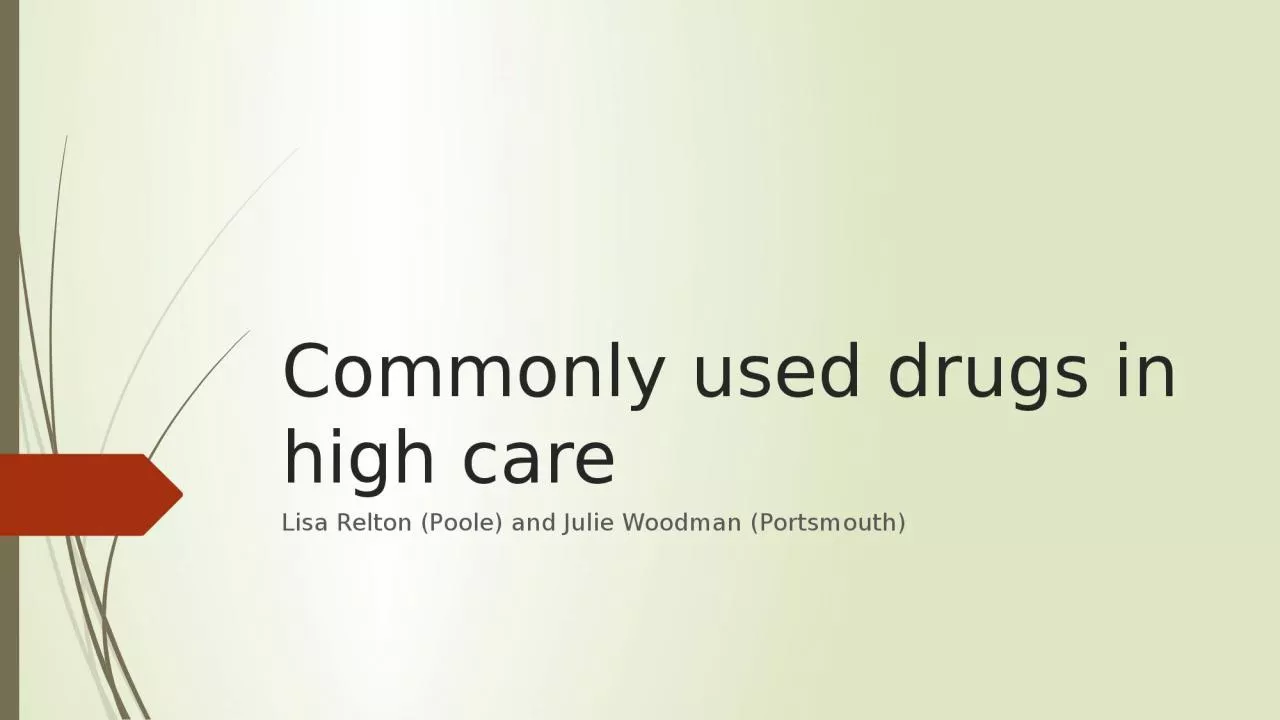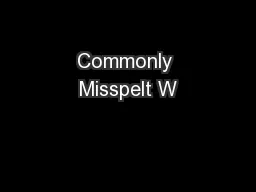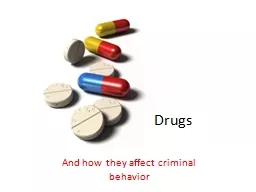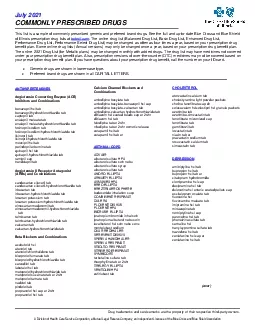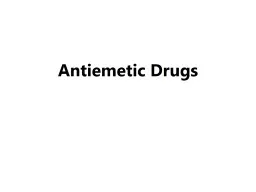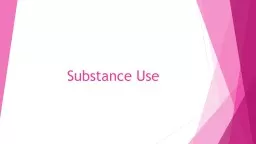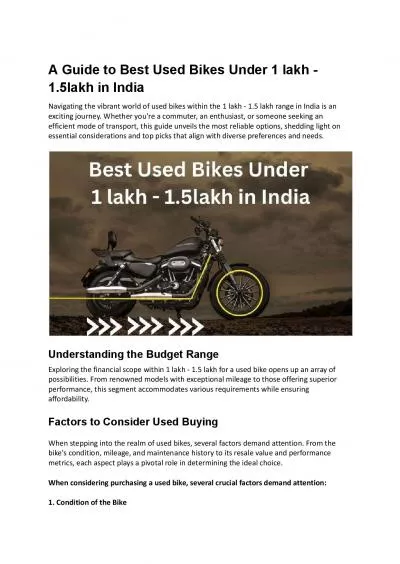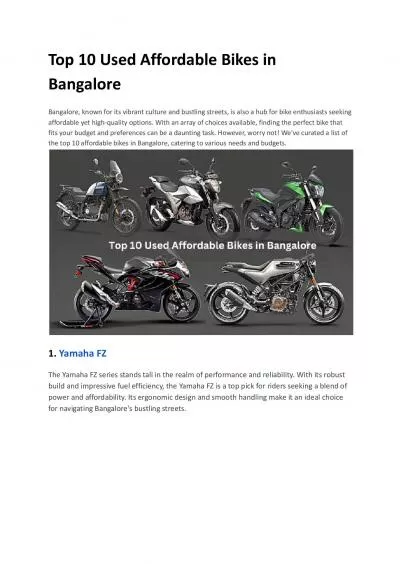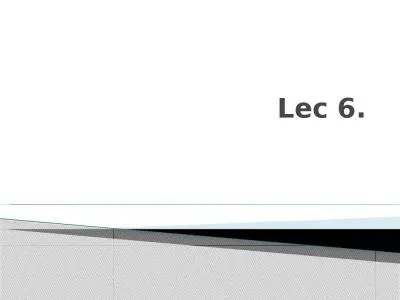PPT-Commonly used drugs in high care
Author : Shadowlord | Published Date : 2022-08-02
Lisa Relton Poole and Julie Woodman Portsmouth Aims for session To give you an overview of the drugs used when women become unwell Relate to the ABCDE approach
Presentation Embed Code
Download Presentation
Download Presentation The PPT/PDF document "Commonly used drugs in high care" is the property of its rightful owner. Permission is granted to download and print the materials on this website for personal, non-commercial use only, and to display it on your personal computer provided you do not modify the materials and that you retain all copyright notices contained in the materials. By downloading content from our website, you accept the terms of this agreement.
Commonly used drugs in high care: Transcript
Download Rules Of Document
"Commonly used drugs in high care"The content belongs to its owner. You may download and print it for personal use, without modification, and keep all copyright notices. By downloading, you agree to these terms.
Related Documents

